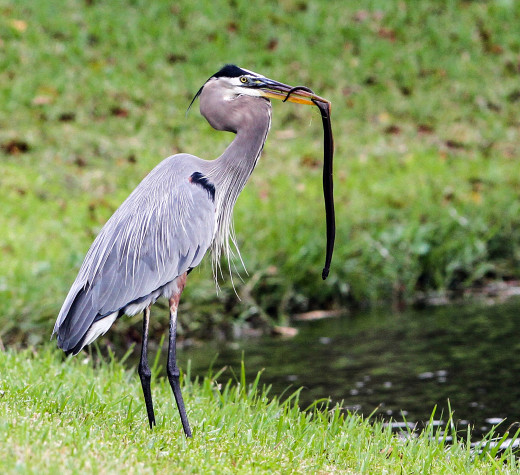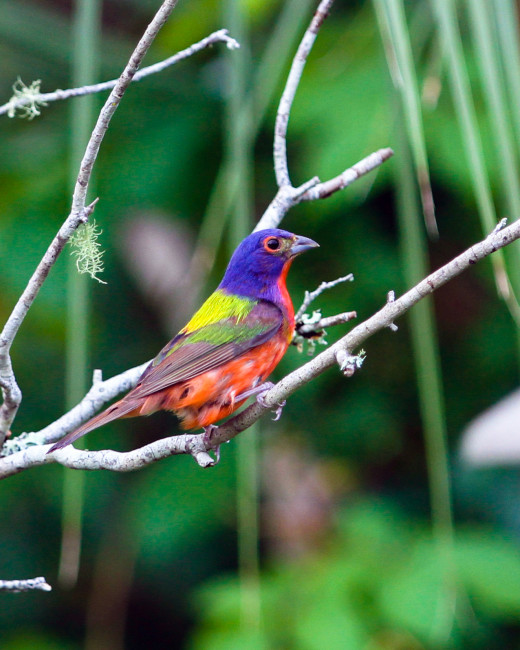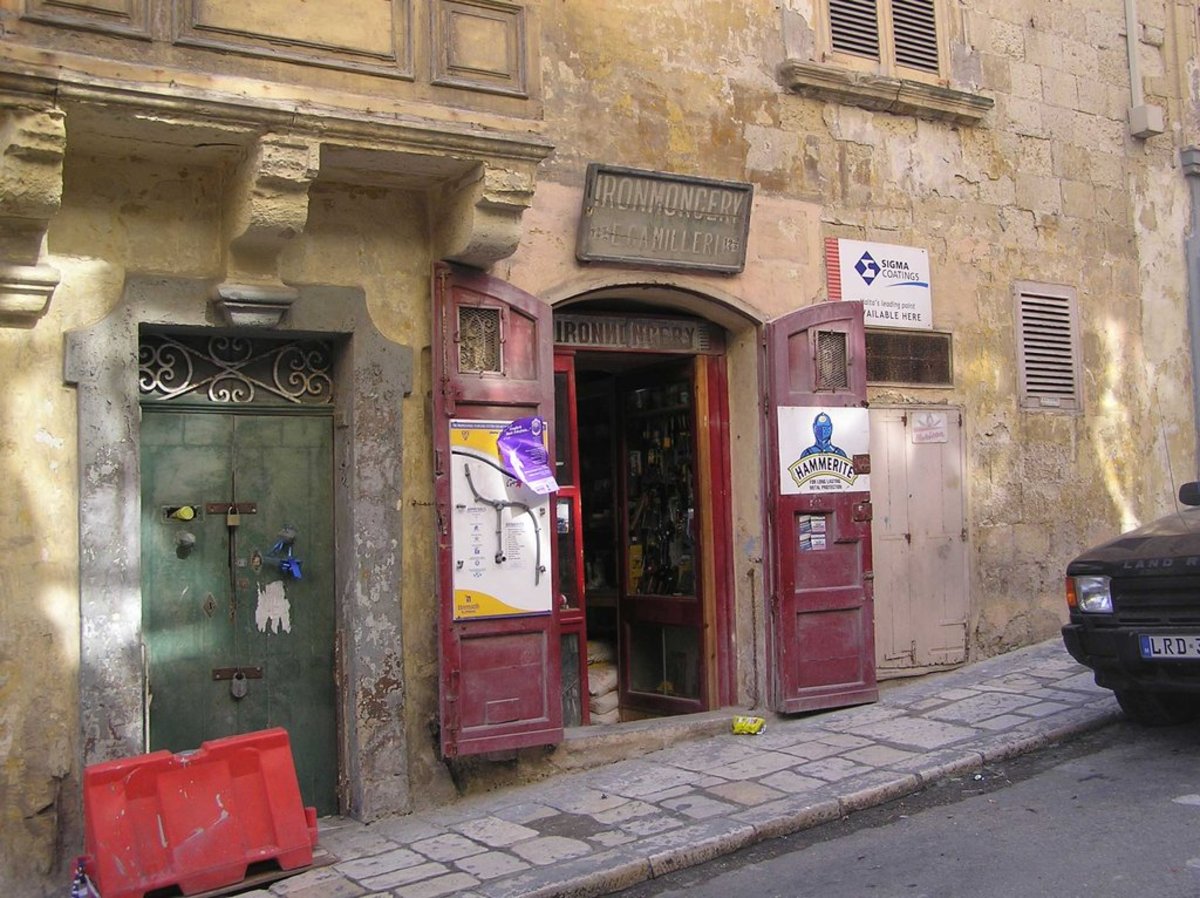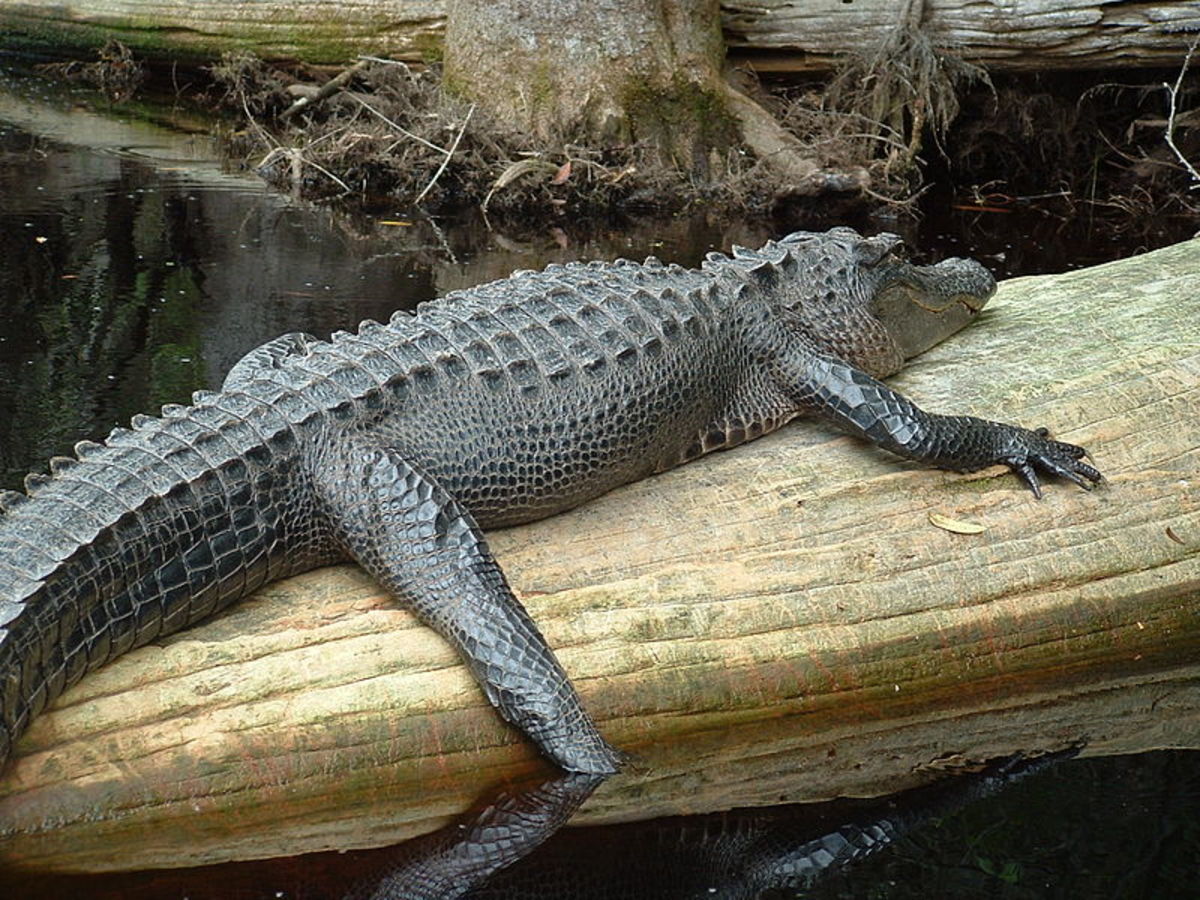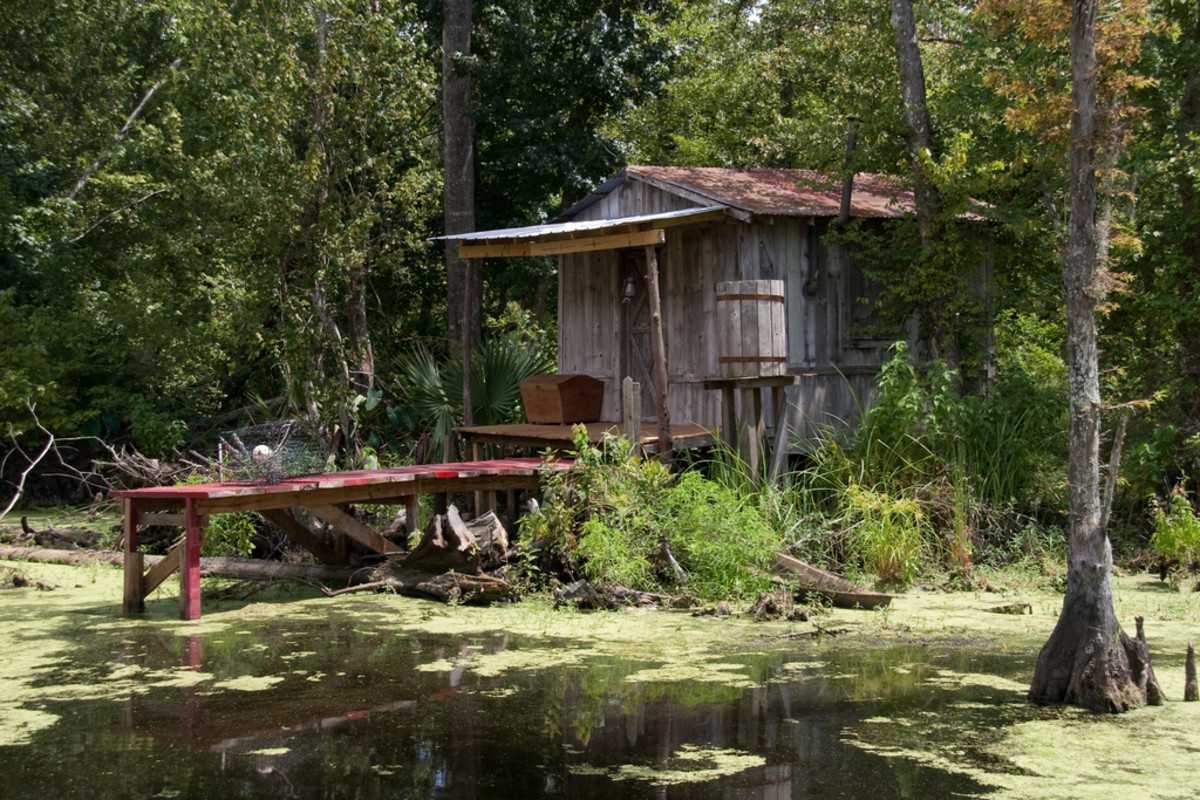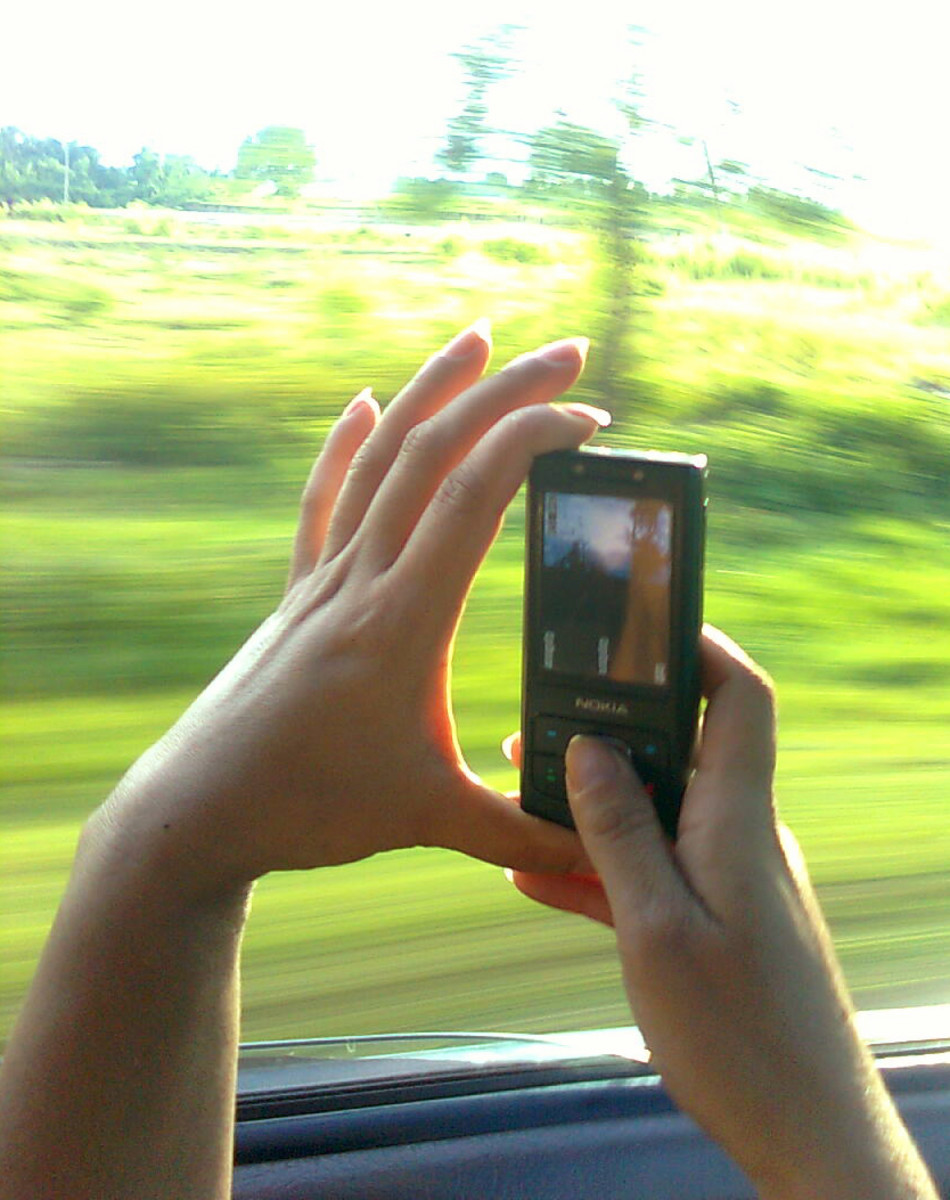Photographing a Swamp
Swamps of Washtenaw Co.
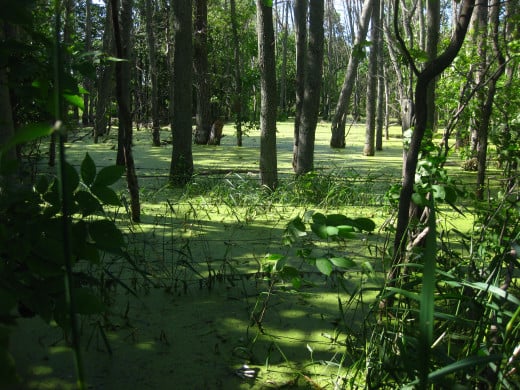
"A swamp is a wetland that is forested. Many swamps occur along large rivers where they are critically dependent upon natural water level fluctuations. Other swamps occur on the shores of large lakes. Some swamps have hammocks, or dry-land protrusions, covered by aquatic vegetation, or vegetation that tolerates periodic inundation. The two main types of swamp are "true" or swamp forests and "transitional" or shrub swamps. In the boreal regions of Canada, the word swamp is colloquially used for what is more correctly termed a bog or muskeg. The water of a swamp may be fresh water, brackish water or seawater. Some of the world's largest swamps are found along major rivers such as the Amazon, the Mississippi, and the Congo." Wikipedia
Photographing a swamp is probably not in your to do list but once you think about it swamps can offer a wide array of photographic opportunities and you may be surprised once you venture into one at the many beautiful and interesting things that present themselves to you.
First of all most swamps are hard to get to, can really be navigated with an air boat or a canoe, are extremely moisture rich and you have to know what to look for in order to get good pictures. But because they are so rich in moisture and thus in vegetation, they usually have an abundance of wildlife and rare flora which are usually found only in the swamps.
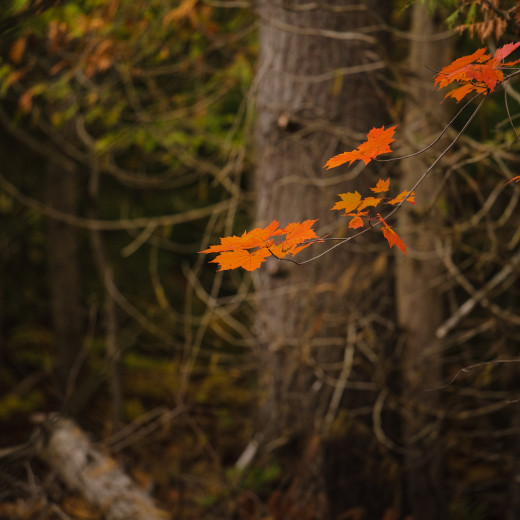
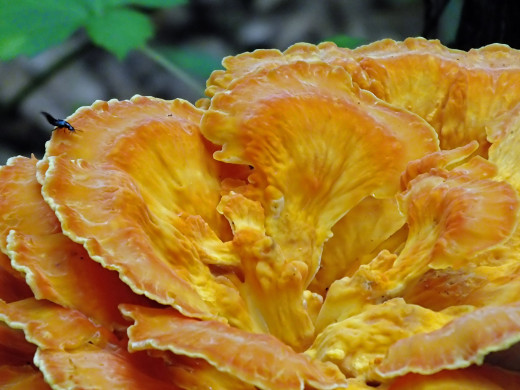
Ever visited a swamp?
You definitely need to research the location and browse through several images of your particular area. This will give you an idea of what your chosen locale has to offer and will help you formulate a plan as to what images or subjects you should be looking out for.
Also prepare ahead of time for the terrain. Weatherproofing your gear is essential as swamps are not only moist but they are usually found in areas that get a lot of rain.
It is best to do the photography along with someone who would be the one that focuses on navigating and carrying the gear as well as to serve as a look out for any interesting details along with yourself. You need to be aware that most subjects are not going to pop up and say "here I am". Often they will be concealed in the water or vegetation and you should be prepared to take their pictures once you come up on them.
Great Dismal Swamp National Wildlife Refuge (VA)
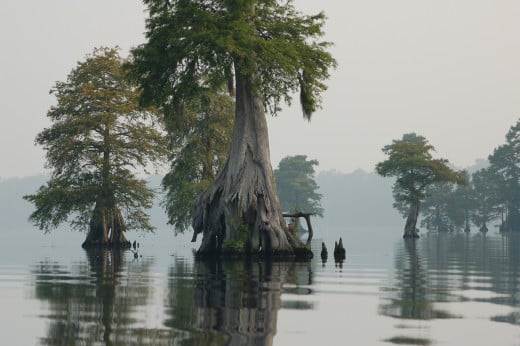
Some of the flora might include species of orchids, carnivorous plants such as the pitcher plant and venus flytrap, Spanish moss and several species of trees including mangroves. Among the wildlife you can count on several species of birds such as egrets and spoonbills.
Animals can include alligators, possums, deer and on a few swamps you may also find bears and panthers. Squirrels, skunks and raccoon are year round residents too. Be aware that no matter how curious or seemingly friendly some of these creatures may appear, they are wild and should never be handled.
There should also be an ample supply of turtles, snakes, lizards and insects. By the way, count on taking with you some insect repellent, especially if you are visiting the area during the summer months as mosquitoes can prove to be more than anyone can handle. In the Florida Everglades, which is in my neck of the woods, going there without a good bug spray is insanity, even during our "winters".
Dragon's Mouth Orchid (Arethusa bulbosa)
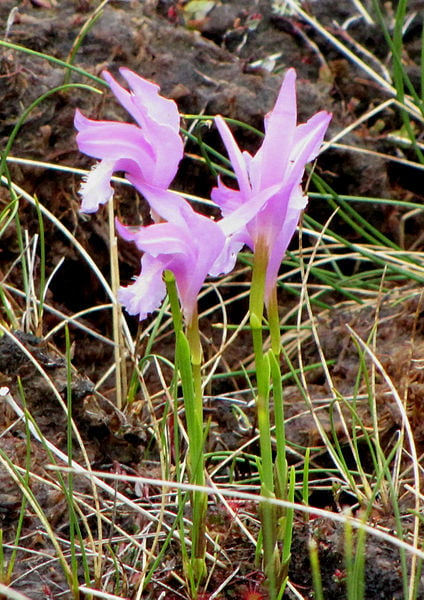
For your own personal comfort, long pants, boots and a long sleeve shirt should be worn along with a hat or cap.
Another interesting detail that is often overlooked is to check yourself thoroughly after you get back, especially in "hidden" areas of your body. Ticks and other blood sucking insects like to hitch a ride on soft, warm bodies.
If you can and is advisable, a way of photographing any swamp is to use the services of a guide since they know the best areas and can often keep you away from trouble. They are usually not that expensive but are always worth it.
Bird Island,Ponte Vedra, Fl. Egret
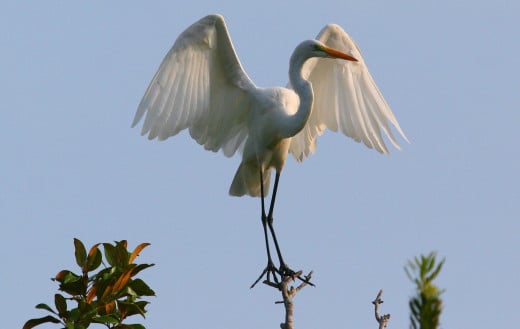
Among your assortment of lenses should be a telephoto for wildlife and flora that are hard to reach. A macro for close ups of such things as fungus and lichen and a wide angle for landscape shots.
A flash unit is advisable for subjects found in deep cover and in the event that that you need more light to showcase (fill in light) subjects such as alligators and snakes which are often found hiding in the brush.
Having a good tripod is a necessity if you plan on doing some night shots and because light can quickly fade when you deep in the swampy areas.
Because most swamps are considered natural treasures thus protected by most federal and state laws, you should seek permits from the park management authorities to go into places that are normally out of bounds to visitors. Never take anything from a swamp. It is most likely illegal and can prove to be a health hazard.
These areas are normally designated so if they are considered sensitive areas or are recognizable breeding sites, but they can often possess some really interesting scenery or subject matter. You will probably need the services of a park ranger but they are most always available and are very helpful.
Regular park tours are good to take but they mostly showcase common very accessible scenery and these shots have been probably featured many times before. Your best bet is to capture images that have seldom been seen due to their inaccessibility or rarity.
For example the Florida panther is seldom seen by most and much less photographed since their numbers have been declining rapidly in recent years. Anytime one is captured on film publications seek them out.
These are the images that will set you apart and increase your chances of making a sale if your intention is such.
Any nature oriented publication can use these types of photographs and are always looking for new "updated" scenery. Take advantage of this if you come upon interesting subject matter.
Blue Heron, Painted Bunting
Click thumbnail to view full-size

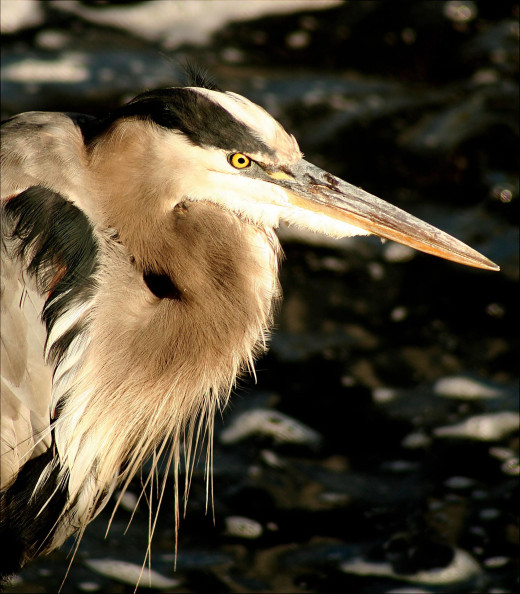
© 2014 Luis E Gonzalez



